Located in the Emirate of Abu Dhabi, Al Ain is often referred to as the “Garden City” of the UAE. With its historical roots, verdant oases, and a backdrop of the Hajar Mountains, Al Ain offers numerous hiking trails that beckon adventure enthusiasts and nature lovers alike. This guide will take you through some of the best trekking routes in the region. Al Ain hiking trails
Best Al Ain hiking trails
1. Jebel Hafeet
Distance: 12 km
Difficulty: Moderate to Difficult
Description:
Jebel Hafeet, the UAE’s second-highest peak, stands tall at 1,249 meters. The trail offers panoramic views of Al Ain and the vast desert beyond. As you climb, you can also explore ancient tombs and archaeological sites. Ensure you carry water and start your trek early to avoid the midday sun.
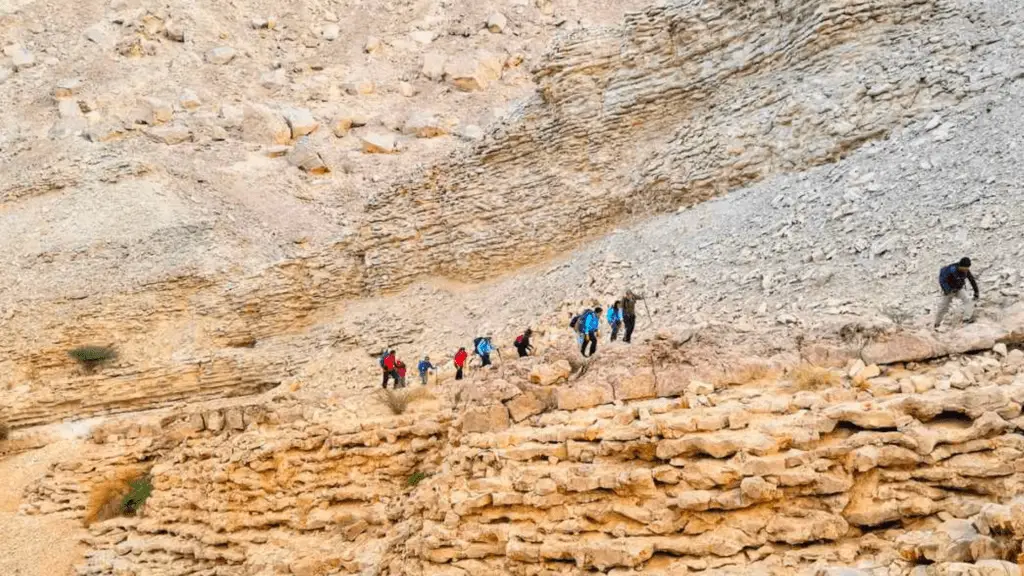
2. Al Ain Oasis Trail
Distance: 5 km
Difficulty: Easy
Description:
A UNESCO World Heritage Site, Al Ain Oasis provides a leisurely trail through date palm plantations. The paths are shaded and well-marked, making it ideal for families. Along the route, you’ll come across traditional falaj irrigation systems, which have been used for centuries in the region.
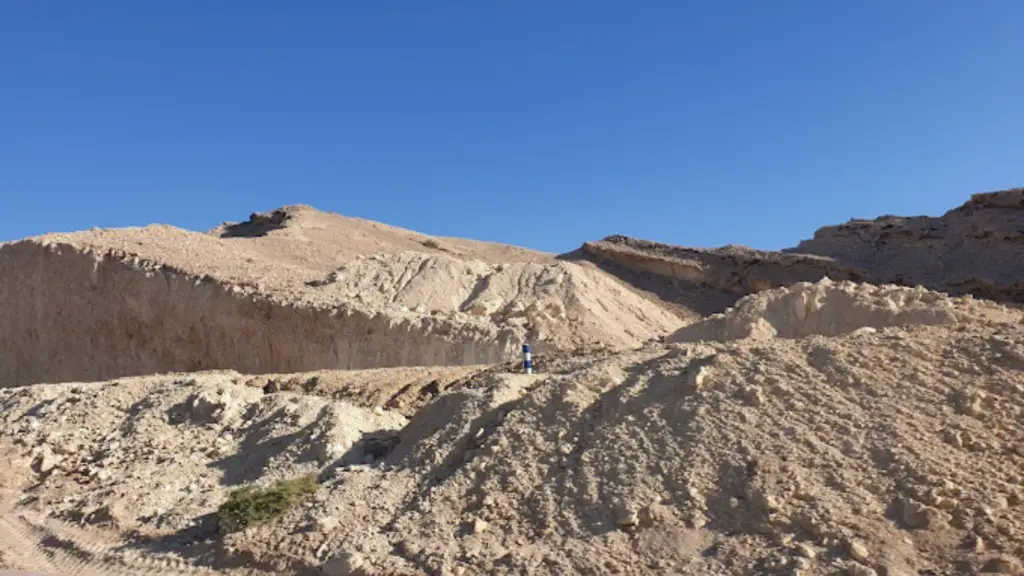
3. Green Mubazzarah Trail
Distance: 8 km
Difficulty: Moderate
Description:
This trail winds through the Green Mubazzarah Park at the base of Jebel Hafeet. It offers a blend of green landscapes, hot springs, and rolling hills. You might also spot local wildlife, including various bird species and small desert animals.
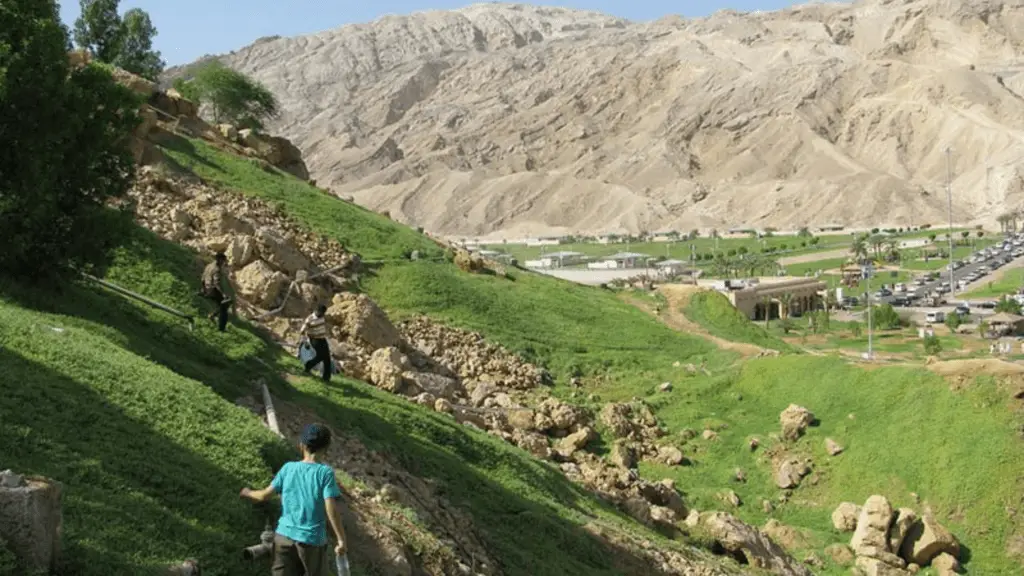
4. Wadi Adventure Base Camp Trail
Distance: 10 km
Difficulty: Moderate
Description:
Starting from the famous Wadi Adventure Park, this trail offers a unique mix of natural scenery and adventure activities. While you can indulge in white-water rafting or kayaking in the park, the adjacent hiking trail offers picturesque views of rugged terrain and serene valleys.
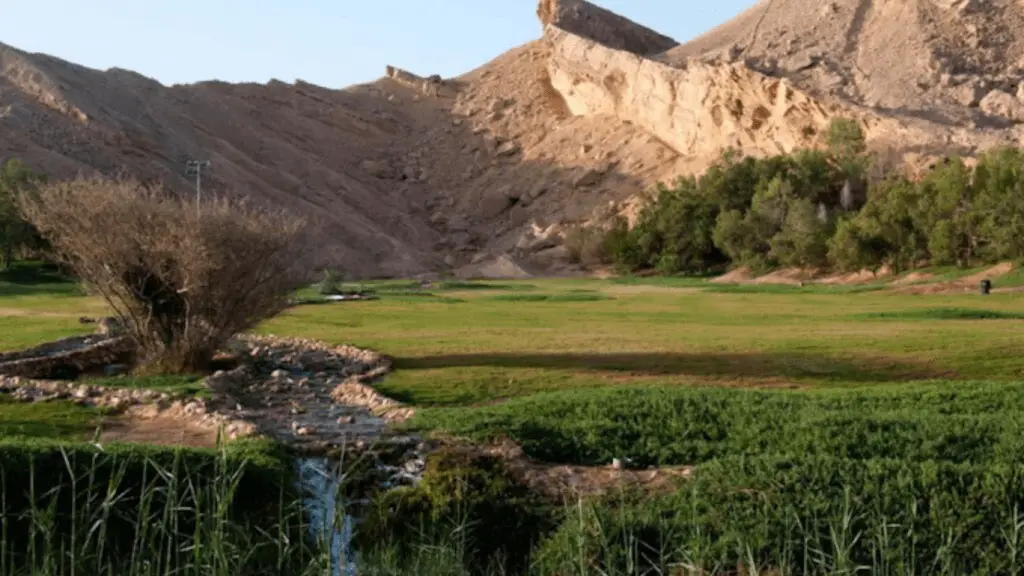
5. Camel Rock Trail
Distance: 7 km
Difficulty: Moderate
Description:
Located a short drive from Al Ain, the Camel Rock Trail takes you to a unique rock formation that resembles a camel. The route offers a mix of sandy patches and rocky terrain, and the destination makes for some great photo opportunities.
Here is a list of companies that operate and manage hiking tours for tourists in Al Ain:
| Company Name | Services Offered | Contact Information | Phone Numbers | Website |
|---|---|---|---|---|
| Al Ain Adventure Tours | Guided hiking tours, Cultural heritage tours | [email protected] | +971 55 123 4567 | www.alainadventures.com |
| Desert Explorer Expeditions | Desert hiking, Wildlife observation tours | [email protected] | +971 50 234 5678 | www.desertexplorer.ae |
| Nature Trails UAE | Eco-friendly hiking, Night hikes | [email protected] | +971 55 345 6789 | www.naturetrailsuae.com |
| Summit Seekers UAE | Mountain summit tours, Adventure hikes | [email protected] | +971 50 456 7890 | www.summitseekersuae.com |
| Eco Trek UAE | Sustainable trekking, Educational tours | [email protected] | +971 55 567 8901 | www.ecotrekuae.com |
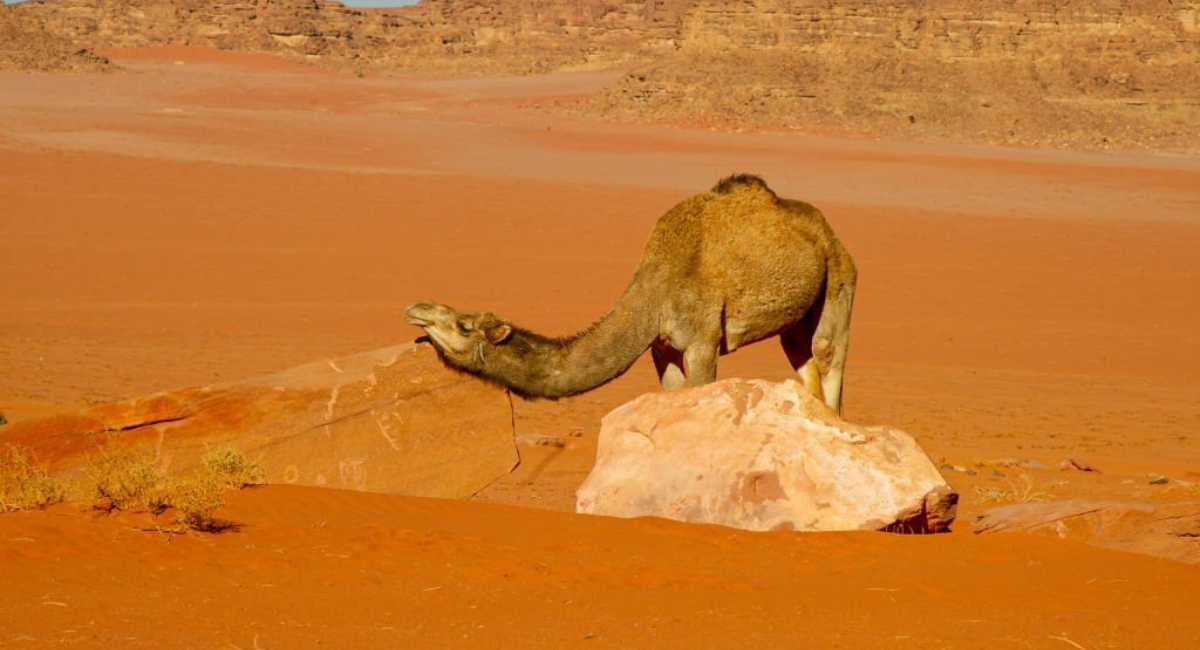
Seasonal Considerations
When planning a hiking trip to Al Ain, understanding the seasonal variations is crucial for a safe and enjoyable experience. Al Ain, known for its desert climate, offers a unique hiking experience that varies significantly throughout the year. Here’s what you need to know about the best times to explore its trails:
Winter (November to March)
Winter is the ideal season for hiking in Al Ain. The temperatures are mild during the day, ranging between 15°C to 25°C (59°F to 77°F), creating perfect conditions for outdoor activities. Nights can be cooler, so carrying layers is advisable. The clear skies and cooler weather make this the peak season for hiking, allowing for longer treks without the intense heat.
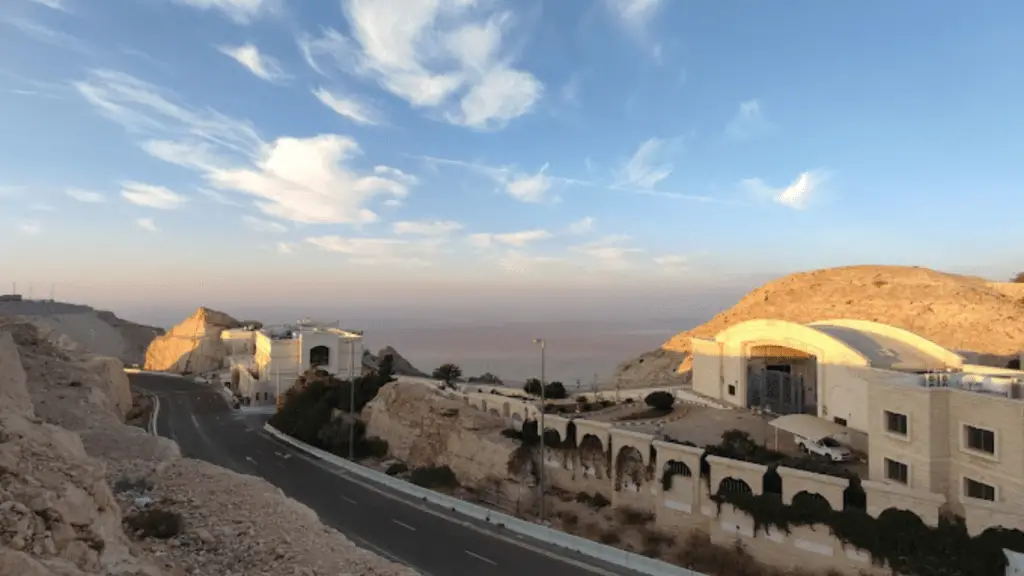
Spring (April to May)
Spring sees a gradual increase in temperatures, but mornings remain cool and pleasant, making it a good time to hit the trails, especially in early spring. By late May, the heat starts to intensify, shortening the window for comfortable hiking. This period is relatively short, so planning your hikes for the early morning hours to avoid the midday sun is best.
Summer (June to September)
Summer in Al Ain can be extremely challenging for hikers due to high temperatures that can soar above 40°C (104°F) during the day. Hiking is generally not recommended during this period, especially for extended treks. If you do venture out, opt for very early morning or late evening when the temperatures are slightly more bearable. Ensure you’re well-prepared with plenty of water, sun protection, and a clear understanding of the signs of heat exhaustion.
Fall (October)
October marks the transition back to milder weather, making hiking more appealing as the month progresses. The temperature begins to drop, especially in the mornings and evenings, offering a comfortable climate for outdoor activities. This is the time when the hiking season starts to pick up again, with clearer skies and cooler breezes.
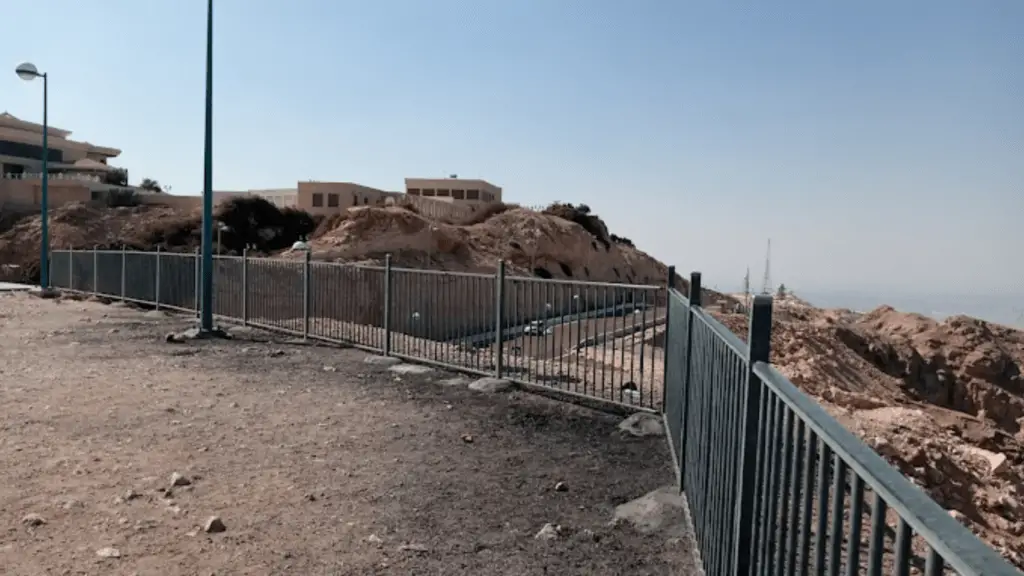
Tips for Hiking by Season
- Winter: Take advantage of the cooler weather to explore longer trails. Always carry layers for cooler mornings and evenings.
- Spring: Start your hikes early to beat the heat. This is a great time to see the desert bloom after any winter rains.
- Summer: Limit outdoor activities to early mornings or late evenings. Stay on shorter, well-marked trails to avoid heat exhaustion.
- Fall: Enjoy the return of milder weather. As the temperatures begin to drop, gradually extend your hiking duration and difficulty.
Equipment and Gear Recommendations
Hiking in Al Ain presents a unique blend of challenges and delights, thanks to its diverse terrain that ranges from rugged mountain paths to serene desert walks. To ensure you have a safe and enjoyable experience, it’s crucial to come well-prepared with the right gear and equipment. Here are some recommendations tailored to the conditions you’ll encounter on Al Ain’s trails:
Footwear
- Trail Shoes or Hiking Boots: Opt for well-ventilated, lightweight trail shoes with good grip for dry, rocky paths. In cooler months or for more rugged terrain, sturdy hiking boots offer additional ankle support and protection.
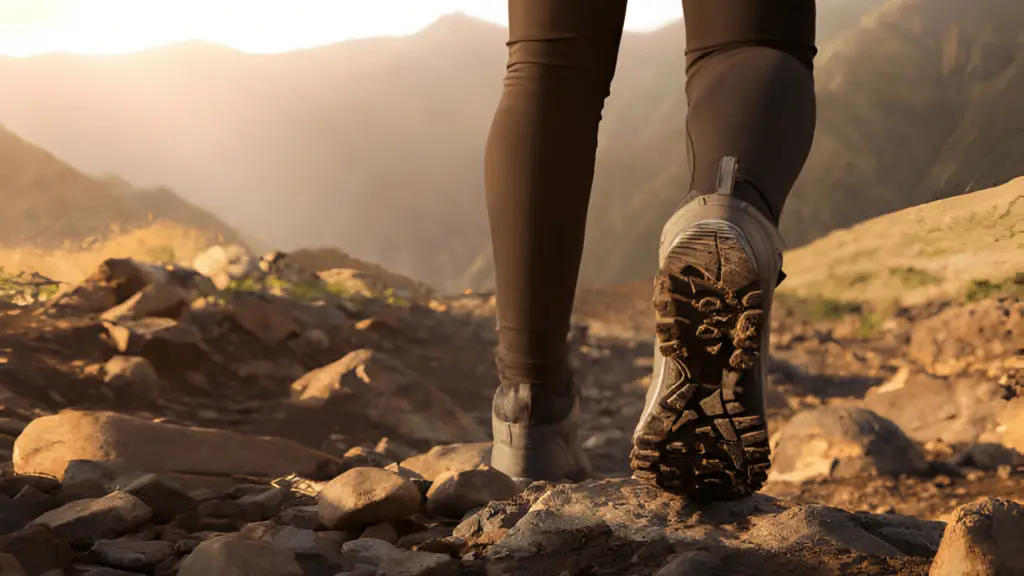
Sun Protection
- Breathable Hat: A lightweight, breathable hat with a brim is essential to protect your face and neck from the sun.
- UV Protection Sunglasses: High-quality sunglasses with UV protection will shield your eyes from the intense sunlight.
- Sunscreen: Choose a high SPF, water-resistant sunscreen to reapply every two hours, protecting your skin from harmful UV rays.
Hydration and Nutrition
- Hydration Packs or Water Bottles: Staying hydrated is crucial. Carry a hydration pack or multiple water bottles, and consider electrolyte replacements for longer treks.
- Snacks: Energy bars, nuts, and dried fruits are lightweight and nutrient-dense options to refuel your body.
Navigation Tools
- Map and Compass/GPS Device: While many trails are well-marked, having a physical map or a GPS device can be invaluable, especially in remote areas where signals might be weak.
Clothing and Layering
- Moisture-wicking Clothing: Opt for lightweight, moisture-wicking fabrics to keep cool and dry. Long sleeves and pants offer protection against the sun and brush.
- Layering for Weather Changes: A breathable, windproof jacket is useful for sudden weather changes, especially in higher elevations or during the cooler months.
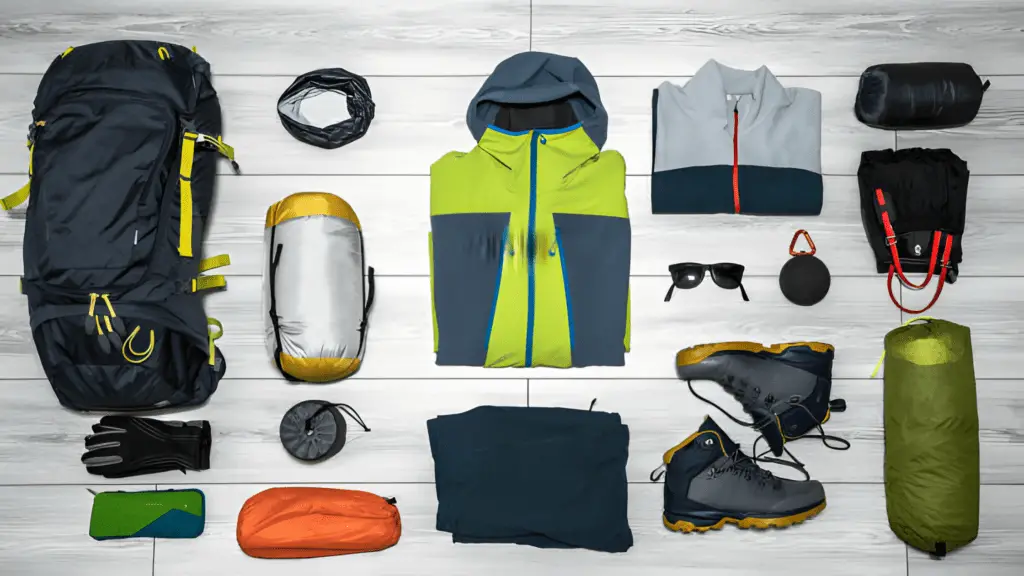
Backpack
- Daypack: A comfortable, lightweight backpack with plenty of compartments is ideal for carrying your essentials, including water, food, extra clothing, and a first aid kit.
Safety and Miscellaneous
- First Aid Kit: Always carry a basic first aid kit equipped for minor injuries and emergencies.
- Headlamp/Flashlight: Even if you plan to return by sunset, a headlamp or flashlight is crucial in case of delays.
- Multi-tool: A compact multi-tool can be handy for repairs or unexpected situations.
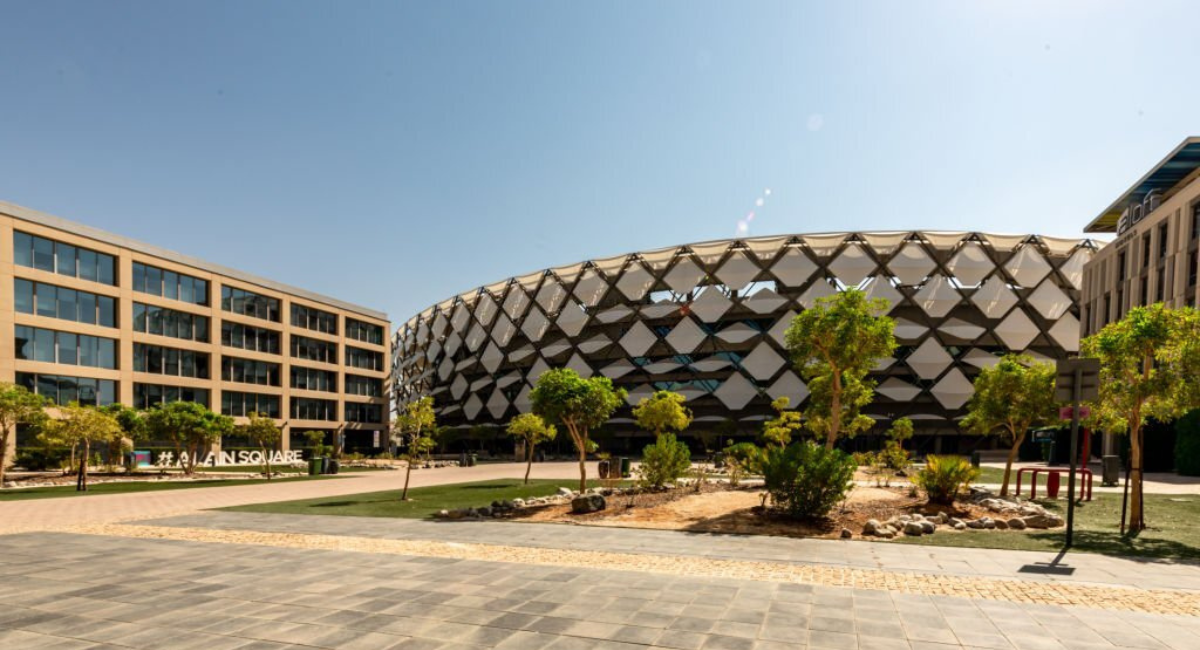
Local Regulations and Etiquette for Hiking in Al Ain
When embarking on an adventure through the picturesque landscapes of Al Ain, it’s essential to be mindful of local regulations and etiquette. These guidelines help preserve the natural beauty and ensure that the trails remain accessible and enjoyable for everyone. Here’s what you need to know before you lace up your hiking boots:
Permits and Access
- Permits: Some trails in Al Ain may require permits for access, especially those that are in protected areas or national parks. Always check the local government or conservation authority’s website for the most up-to-date information.
- Trail Access: Respect any restrictions on trail access, including trails that may be closed temporarily for maintenance or conservation efforts. These closures are in place to protect both the environment and hikers.

Trail Etiquette
- Leave No Trace: The principle of leaving no trace is paramount. Carry out all trash, even biodegradable materials like fruit peels, as they can take longer to decompose in desert environments.
- Stay on the Path: To protect the fragile desert ecosystem, it’s crucial to stay on designated trails and avoid creating new paths or shortcuts.
- Respect Wildlife: Keep a safe distance from any animals you encounter and do not feed them. Feeding wildlife can disrupt their natural foraging habits and lead to aggressive behavior.
- Quiet Enjoyment: Many people hike to enjoy the tranquility of nature. Keep noise to a minimum to allow everyone to enjoy the sounds of the natural environment.
Here’s a table chart outlining the Al-Ain Authority guidelines and emergency numbers:
| Authority/Service | Guidelines/Services | Emergency/Contact Number | Website |
|---|---|---|---|
| Al Ain Municipality | Permit issuance for certain activities, public space usage | +971-3-763-3333 | www.dmt.gov.ae |
| Al Ain Civil Defense | Fire safety, emergency response services | 997 (UAE Emergency Number) | None |
| Environmental Agency – Abu Dhabi (EAD) | Conservation efforts, wildlife protection, permit for protected areas | +971-2-693-4444 | www.ead.ae |
| Public Parks and Recreation | Maintenance of public parks, hiking trail information | +971-3-704-1500 | None |
| Al Ain Police Station | Law enforcement, emergency assistance | 999 (UAE Emergency Number) | None |
Environmental Protection
- Flora and Fauna: Do not pick plants or disturb wildlife. Every element of the ecosystem plays a vital role, and it’s important to leave everything as you find it.
- Cultural Sites: Al Ain is home to many archaeological and cultural sites. If your hiking trail passes through or by these sites, treat them with respect and do not remove any artifacts or deface the sites.
Sharing the Trails
- Right of Way: Familiarize yourself with the local rules regarding the right of way on the trails. Typically, hikers going uphill have the right of way, but local customs may vary.
- Group Hiking: If you’re hiking in a group, keep the group size manageable to minimize impact and avoid blocking the trail for others.
Conclusion
Al Ain’s diverse landscape offers a mix of challenging and relaxing trekking routes. Each trail not only provides a physical challenge but also offers a cultural and historical insight into this fascinating region. As you embark on your trekking journey, you’ll discover that Al Ain’s natural beauty goes beyond its famous oases and extends into its rugged mountains, serene valleys, and unique rock formations. Happy trekking!


